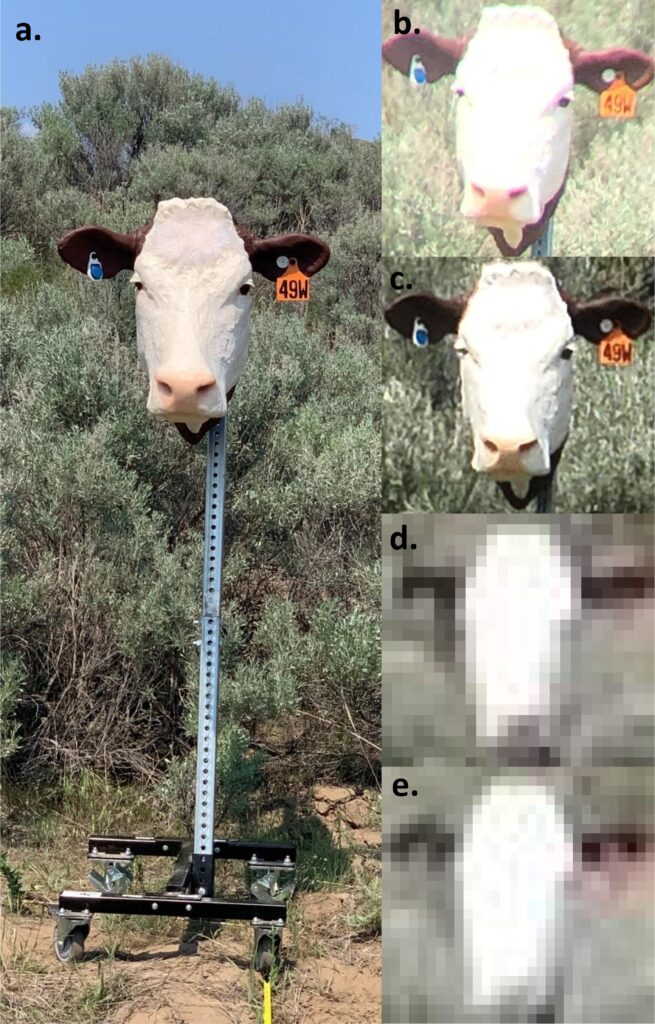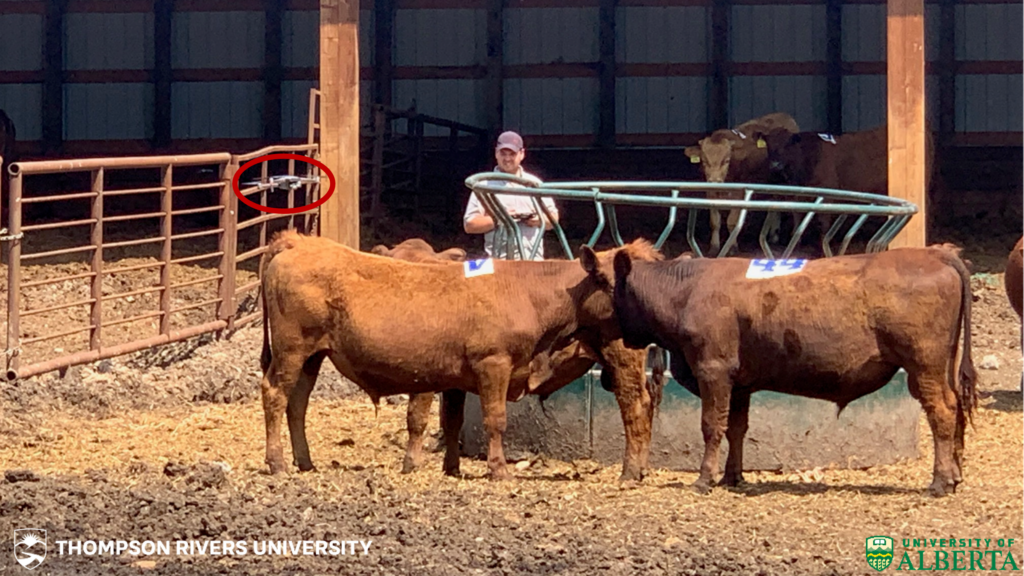AB Direct - Steers
Rail: ---
AB Direct - Heifers
Rail: ---
US Trade- Steers
Rail: 355.00-360.00 (IA, NE) last week
US Trade - Heifers
Rail: 355.00-363.00 (IA, NE) last week
Canadian Dollar
0.19

An eye in the sky sharpens cattle management
Cattle management is often limited by labor and time resources. Drone technology is helping relieve these pressures for farmers and ranchers.

“Temple Grandin always says, ‘We manage what we measure,’” says John Church, Associate Professor in the Natural Resource Science Department at Thompson Rivers University. “Drones are one of our most efficient ways to observe, measure and manage.”
Church explains drones are currently used in many ways for cattle production including monitoring calving progress, verifying individual identities, pasture rejuvenation, group location, and observing heat stress levels.
“We can locate an animal, hover over it, and quickly calculate the flank movements to measure respiration rate,” he says. “We’ve been very successful using this technique.”
Feedlots are effectively using drones to monitor bunks and feed levels. Slick bunk management becomes much simpler when real-time pictures and video footage are available.
Some yards also identify individuals not accessing feed as quickly as they should.
“The cameras are so good at 4 and 8K,” he says. “Pictures and video can be uploaded and sent directly to a veterinarian for assessment.”
Capabilities and future possibilities
Church explains flight distances, times, and batteries have advanced tremendously in the last 5 years. Most units are made by the Chinese company, DJI, and come equipped with excellent cameras, software, and integration capabilities. Thermal capacities even allow night vision. On older models, operators used their cellphone screens to control their drones which became problematic when receiving phone calls, but today most come with a remote controller screen. It’s recommended that users purchase 3 or 4 batteries and a hot charger to fly and broadcast as necessary, usually to a circumference of 20 kilometers.
Drones are currently being tested and combined with devices like wireless fencing collars and smart ear tags.
“I think this will be a big part of cattle management’s future,” Church says. “If I have an animal’s GPS coordinate within the last two or three minutes, I can enter it into my controller, send the drone to the location, and use the camera to see if she’s calving, injured, or even alive.”


Thompson Rivers University master’s student, Matt Francis, uses a thermal drone to measure cattle eye temperature in a feedlot pen. (Supplied)
He envisions operators will soon receive text alerts when built-in accelerometers detect minimal or abnormal movements.
“Imagine what we could do with predators,” he says. “Even if we can’t thwart or disrupt an attack, which I think we can as they’re fast enough when using last known GPS coordinates, we could photograph the carcass for swift and accurate compensation.”
In feedlots, Church anticipates drones will soon mark animals selected for treatment. Forage biomass will be measured on pasture to determine optimal group rotation times.
“The ranching community has all these wonderful axioms like ‘take half and leave half’, but they’re hard to eyeball,” he says. “When I image and quantify fields, it makes a huge difference. Using pasture remote sensing has tremendous potential.”
Training, certifications, and costs
Numerous companies offer short in-person and online training courses to equip pilots with the necessary flying skills. A license can be achieved at a minimal cost through self-study, and online Transport Canada courses.
Basic mini-drones retail around $500 to $1,000. As operators become more proficient and comfortable, they can advance to more capable units. In Alberta, the government will subsidize part of the cost of multispectral and thermal imaging models helping deliver excellent value and ROI.
“Drones will only get better as innovation advances,” Church says. “The biggest improvement occurred when they began incorporating the screens directly into the controllers. Future integration with technology like virtual fencing and smart ear tags will make them an even more powerful tool.”
The photos used in this article were supplied by Dr. Church, and were originally part of the following article (open source):
M. Gegout, P.J. Adams, J.S. Church* (2024) Effectiveness of optical, digital and hybrid zoom equipped drones for use in reading livestock ear tags for individual animal identification. Drone Systems and Applications, https://doi.org/10.1139/dsa-2023-0041



